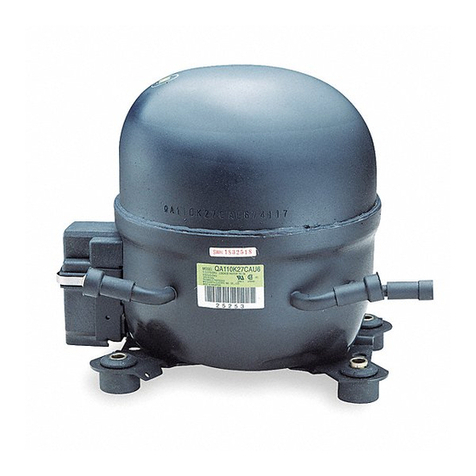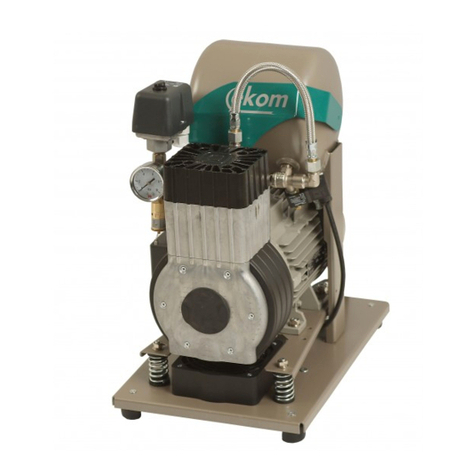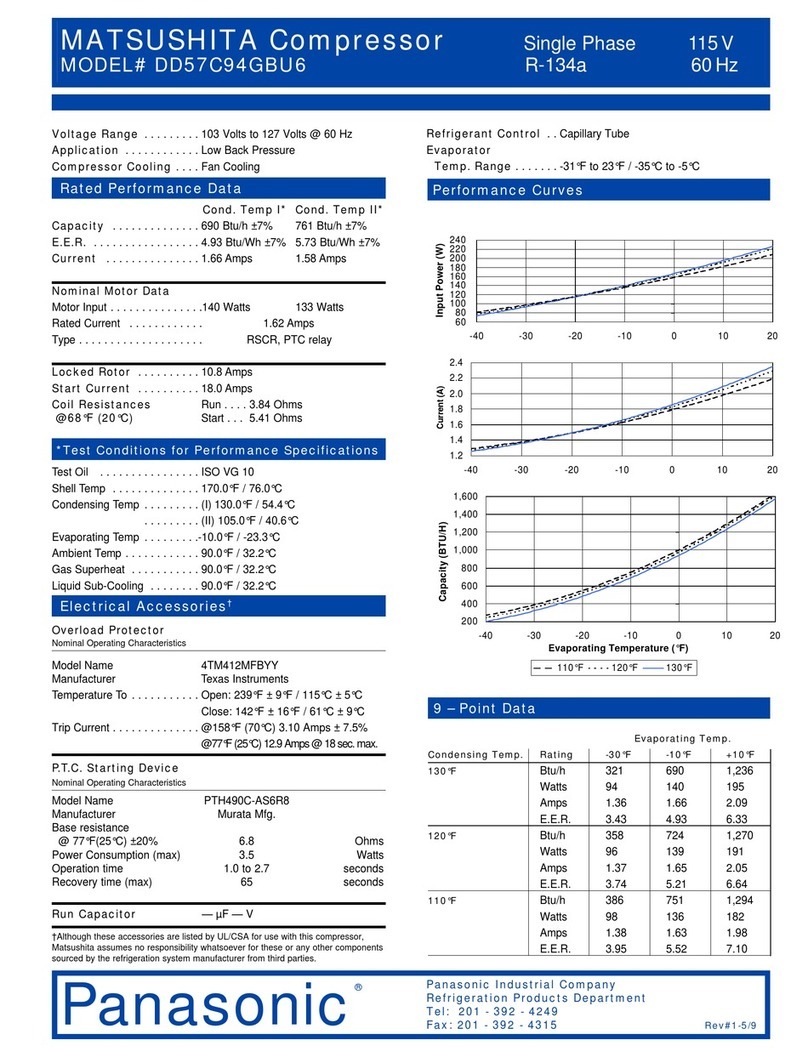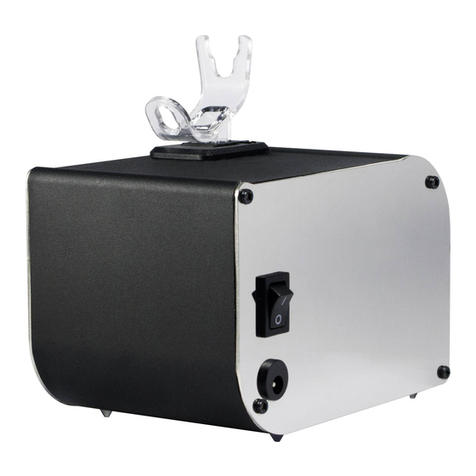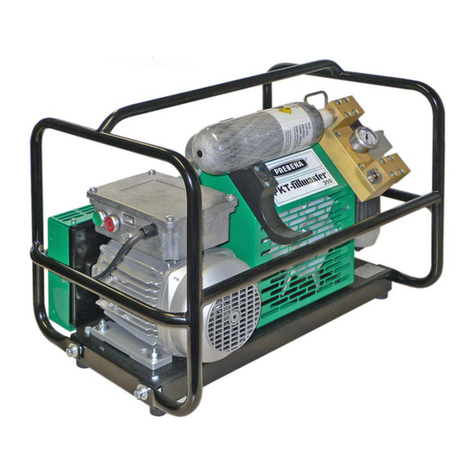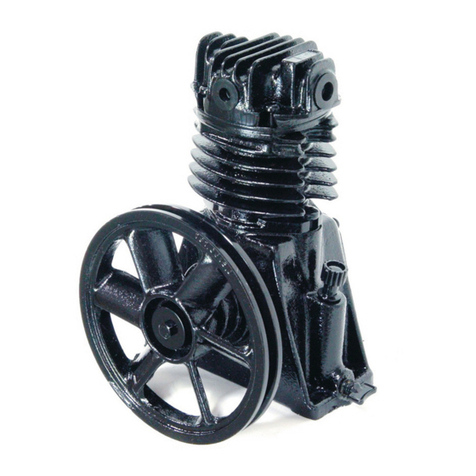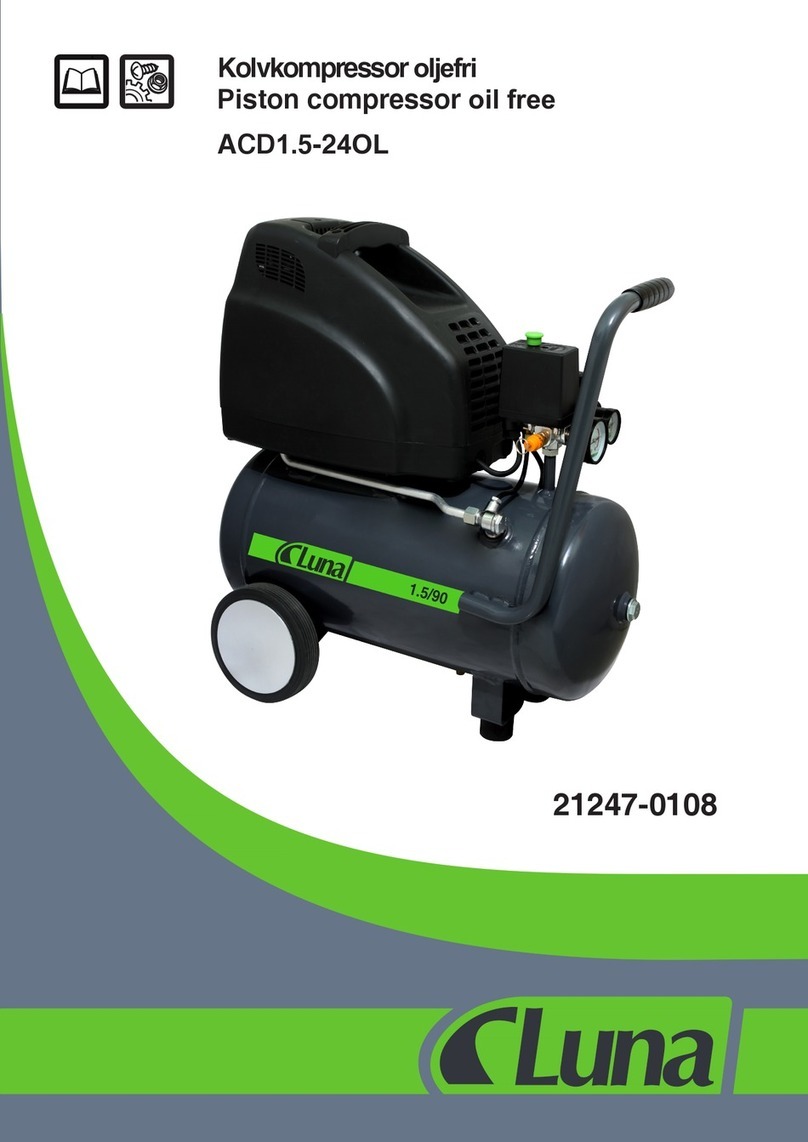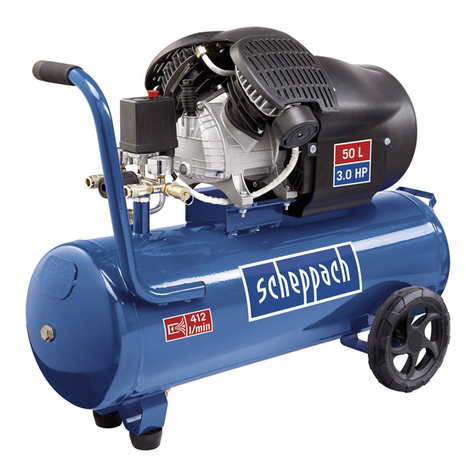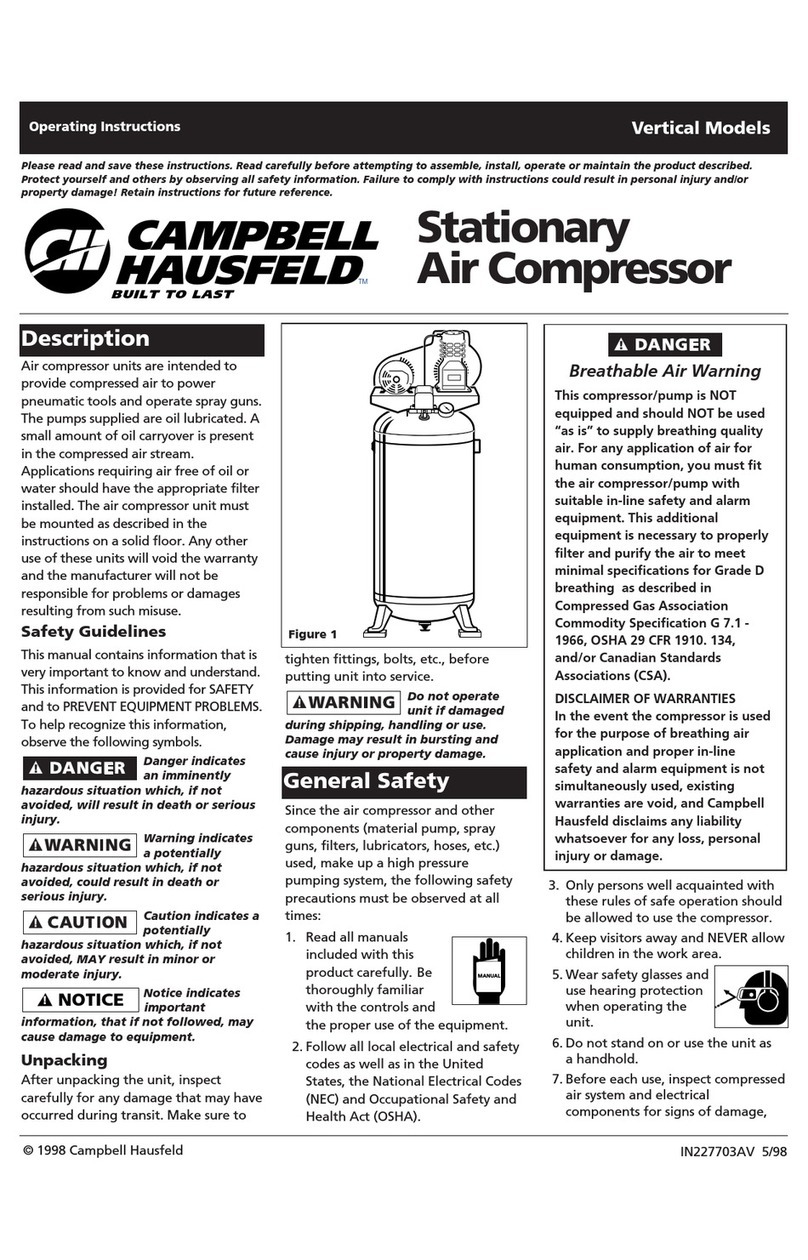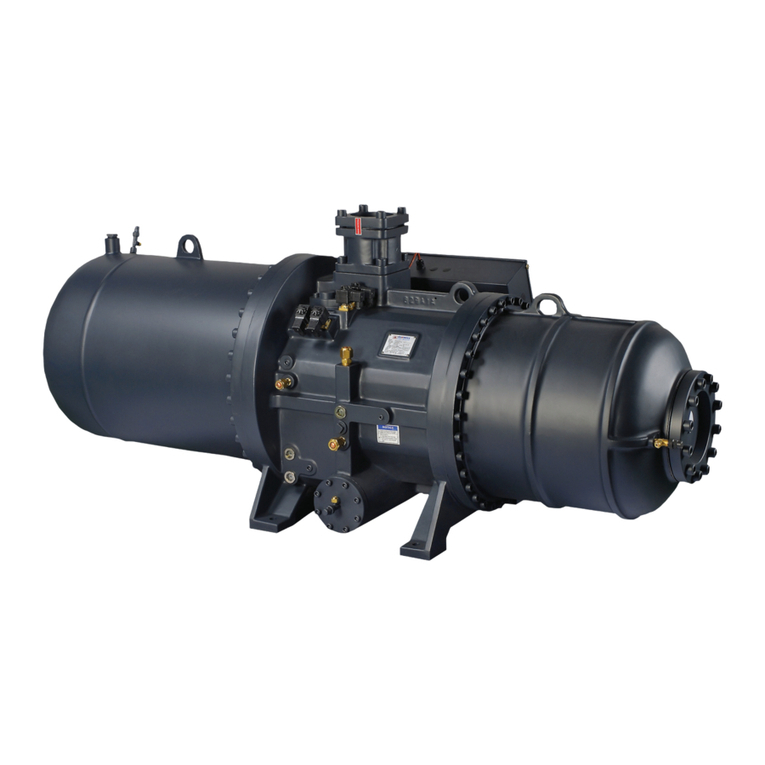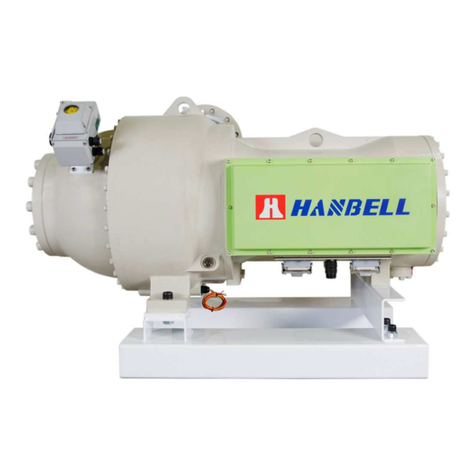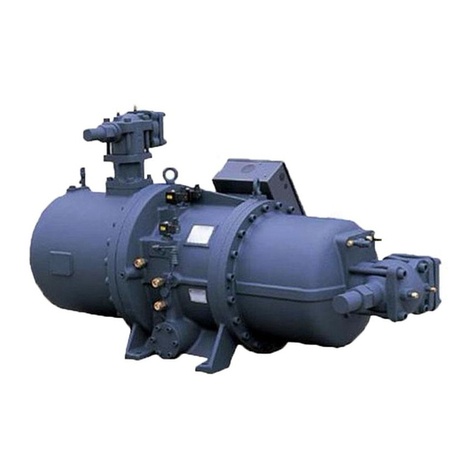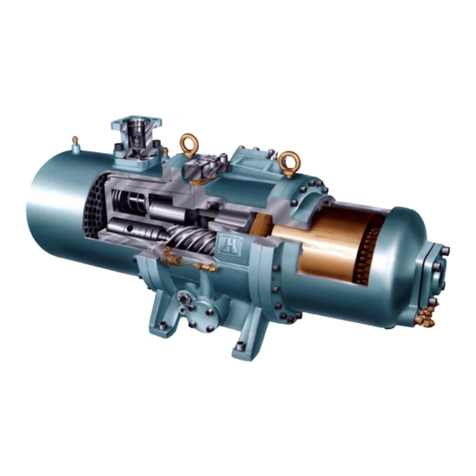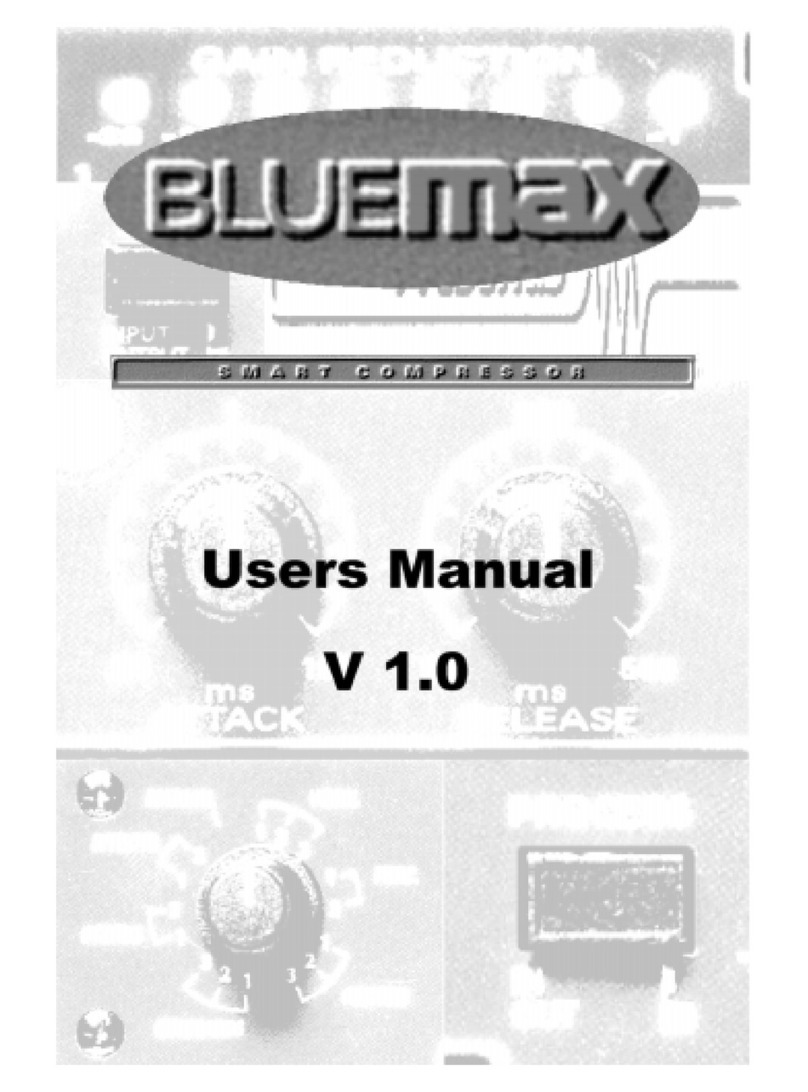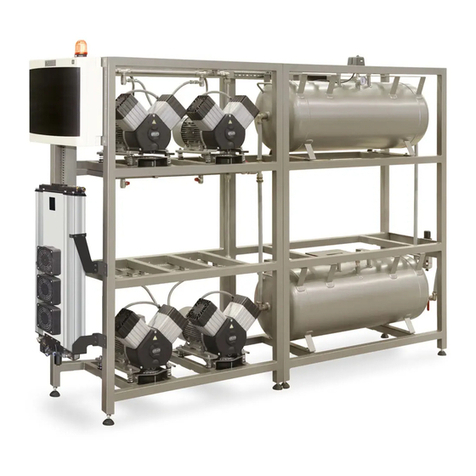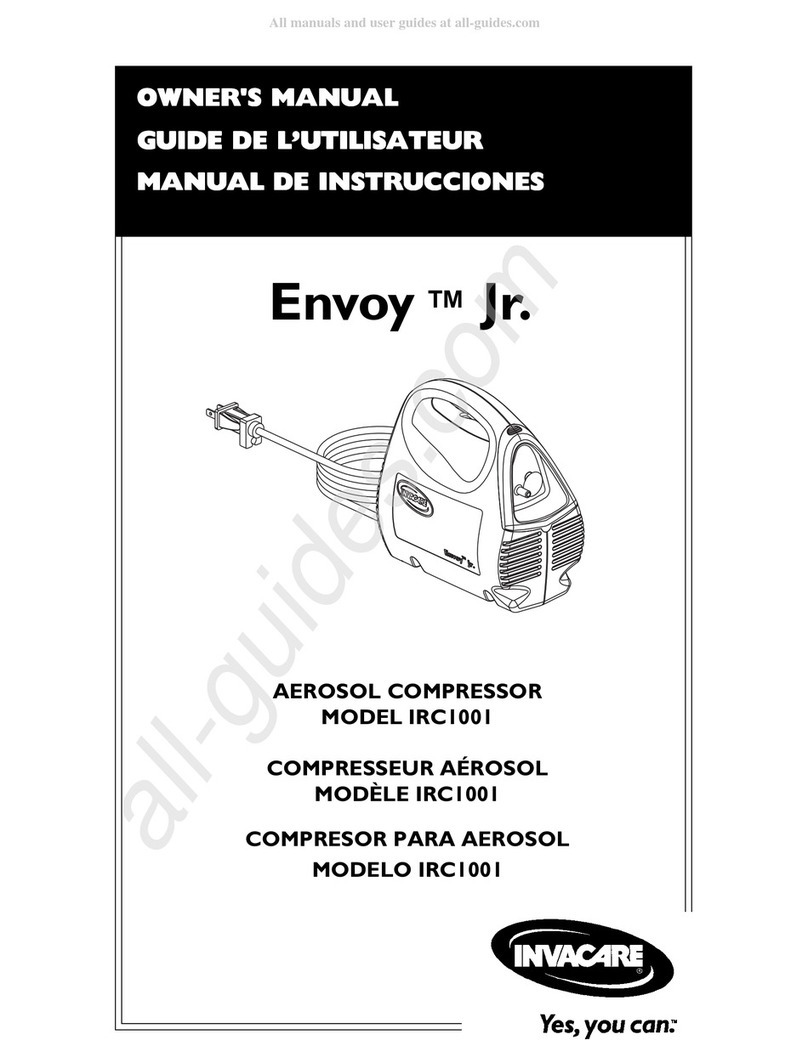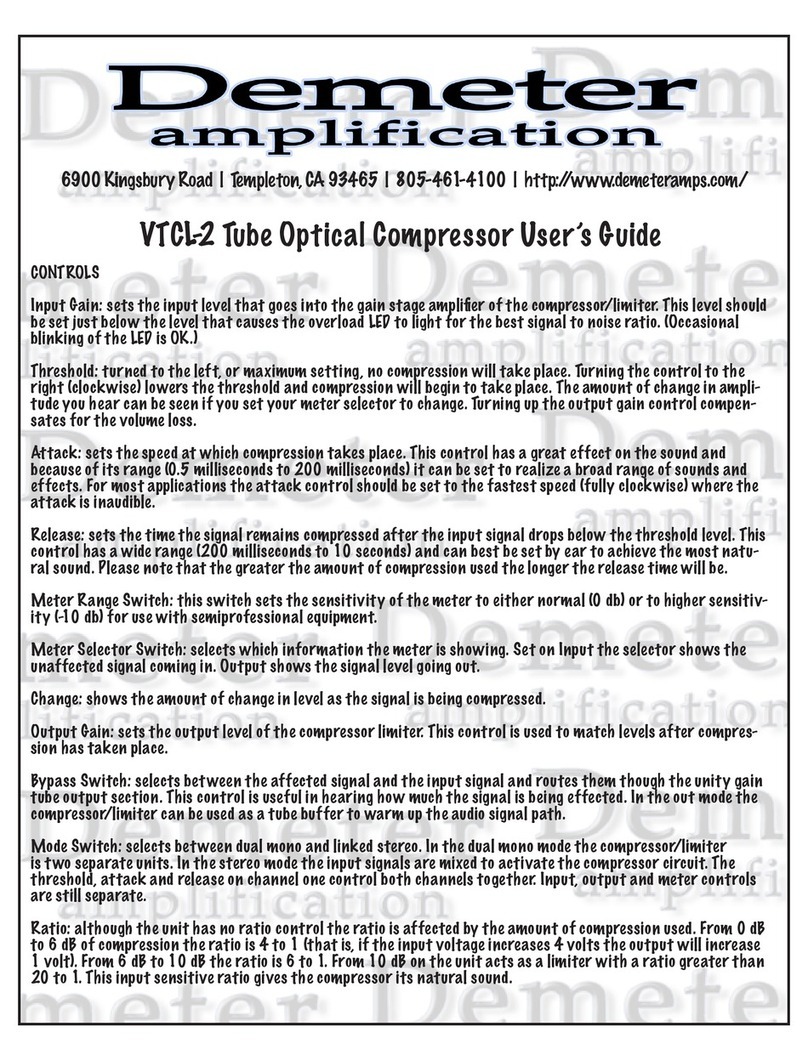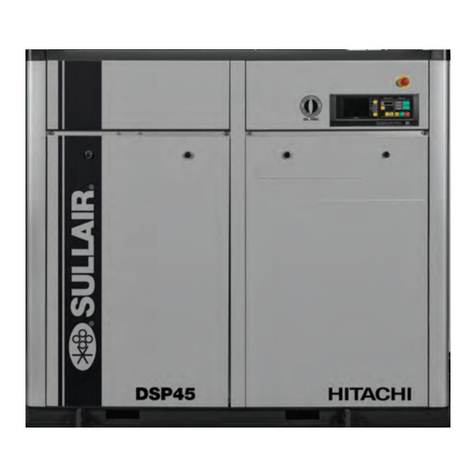
2
Content
1. General...................................................................................................................................3
1.1 Introduction of ATEX............................................................................................................................ 3
1.2 Zone Classification ................................................................................................................................. 4
1.3 Gas Group............................................................................................................................................... 4
1.4 ATEX code description.......................................................................................................................... 6
2. Specifications and description of design.............................................................................7
2.1 Compressor Nomenclature.................................................................................................................... 7
2.2 Compressor outline................................................................................................................................. 7
2.3 Compressor construction..................................................................................................................... 21
2.4 Applicable refrigerants for compressors............................................................................................ 24
2.5 Compressor specifications ................................................................................................................... 24
2.6 MCC and LRA...................................................................................................................................... 25
2.7 Certification marking........................................................................................................................... 27
2.8 Cable Box............................................................................................................................................... 27
2.9 INT69HBY control module and PTC temperature sensor............................................................... 28
2.10 Oil heater............................................................................................................................................. 29
2.11 Oil level switch.................................................................................................................................... 30
2.12 Oil drain valve..................................................................................................................................... 30
2.13 Solenoid valve...................................................................................................................................... 31
2.14 Power Supply ...................................................................................................................................... 31
3. Lubricants............................................................................................................................33
3.1 Lubricants table.................................................................................................................................... 34
3.2 Pre-cautions of changing oil................................................................................................................. 35
3.3 Oil change.............................................................................................................................................. 35
4. Compressor handling and installation..............................................................................36
4.1 Compressor lifting................................................................................................................................ 36
4.2 Mounting the compressor.................................................................................................................... 36
4.3 Compressors accessories...................................................................................................................... 38
5. Operation and maintenance...............................................................................................42
5.1 Compressor start-up............................................................................................................................. 42
5.2 regular check......................................................................................................................................... 44
5.3 Troubleshooting.................................................................................................................................... 44
5.4 Compressor checking list..................................................................................................................... 45
6. Warranty .............................................................................................................................46
